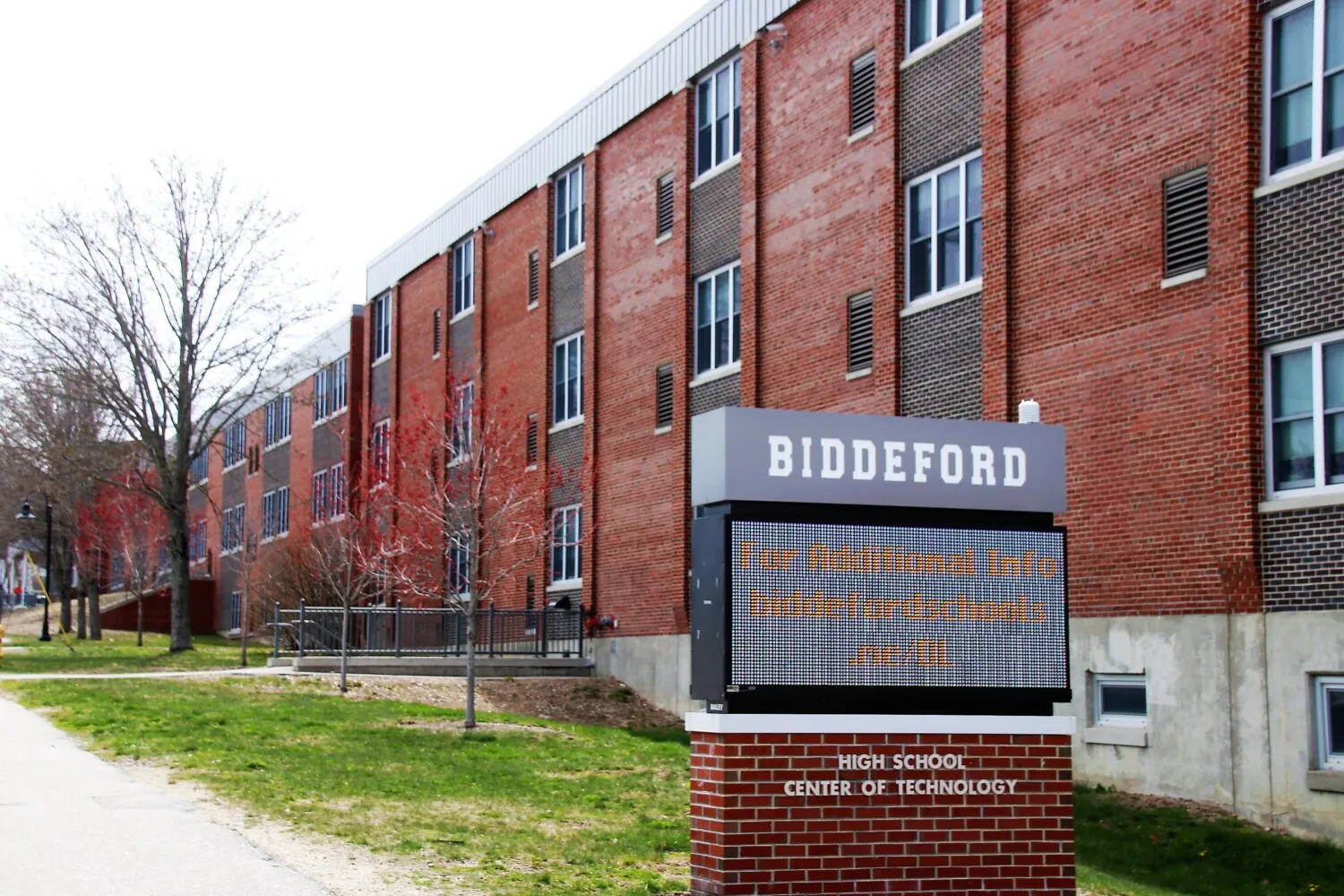By Contributor,Nick Ladany
Copyright forbes

The Radical Changes AI is Bringing to Higher Education: Part Deux
Getty Images
Recently, I wrote about five radical changes that AI will bring to higher education. They included the AI professor, valued and reliable assessment, personalized education, affordability, and limited, multidisciplinary majors for lifelong careers. With the rapid pace that AI is bringing about change, it shouldn’t be surprising that there are additional radical changes coming to higher education. Here are five more areas to consider.
Customizable Corporate Education. Along with personalized education for the individual, AI allows for customizable education based on the needs of industry and the workplace. Picture a company that would like a customizable MBA that uses case examples from the company’s team to inform aspects of the MBA. After all, the content for the types of skills discussed in an MBA class (e.g., negotiating, leadership, strategic planning) are pretty standard across MBA programs. AI offers flexibility in the types of case examples used to illustrate the content. Moreover, AI can be used to practice skills rather than just know about them. For example, AI offers the option to practice negotiating with different types of avatar negotiators and has the capability to assess student learning and negotiation skills development. Moreover, this AI-based assessment would provide the student and the company a way to determine the effectiveness of the MBA, or any training program for that matter.
Changes in the Human Connection. As AI integrates with the higher education experience, the human faculty and staff members’ roles will change to one of building community with other students, fostering networking with people in careers who can serve as mentors (e.g., 3-D virtual synchronous mentorship), and crisis and trauma-based responsiveness when students invariably experience traumas in their lives. Faculty will be freed up from classroom lecturing to make more connections with students (e.g., use AI to answer emerging research questions). In sum, faculty and staff will become a more critical component of the college experience, providing increased individualized and group human interactions. Instead of spending three hours a week in a lecture hall, students have more direct engagement with a professor multiple times a week.
Neighborhood Campuses. The building of a campus city approach in higher education, with tens of thousands of students in a single location, can be an impersonal nightmare for many students. To a large extent, higher education has used this approach to try to contain costs but it has been at the expense of students. Has anyone really enjoyed and learned a great deal from a classroom with 500 students, or benefited from the impersonal aspects of a university of 40,000 students in one location? Picture instead, a neighborhood campus in a library or community center where 100-300 students can congregate, learn via a self-paced AI avatar professor, interact in small seminar rooms of less than 20 peers with a human faculty facilitator, and build a community of lifelong relationships, all at an affordable tuition (e.g., less than $10k for the entire degree). This approach to education is the future, and although it won’t fit the needs of everybody, it will expand access to higher education and has the potential to make generational changes in communities.
Smartphone Education. As noted above, AI should facilitate a decrease in the cost of tuition, which is a significant determinant for students when selecting a university. In addition, AI has the potential to enhance worldwide access to meaningful higher education with more reachable ways to receive instruction. The smartphone, unlike the computer, enhances access. The cost alone of a computer makes access prohibitive to many, as is WiFi. However, a relatively inexpensive smartphone with cellular service makes education more attainable. With AI, AI avatar professors, AI tutors, AI career support, etc., will be at the fingertips of most. Synchronous support, such as human faculty facilitators and mental health counselors, will also be available. Instead of universities limiting who gets to learn by using factors such as standardized tests, which have limited, at best, predictive validity when it comes to outcomes, students will be able to decide how motivated and how much work they are willing to do in order to learn. And, they can do that at the palm of their hand.
Crystal Ball Gazing vs. Navel Gazing. Universities have traditionally made an art and science out of navel gazing as a response to change. Metaphors such as glacial pace, the faculty senate is where good ideas go to die, and change can only be measured by the geology department illustrate how universities approach change. As AI streamlines and enhances functionality at universities, only universities that have funds and/or move quickly will survive in the next 3-6 years. Already, approximately one university is closing a week, and it’s possible that this rate will increase in the next year or two. And it doesn’t have to be that way. Trustees, who are the people that oversee the university, have an obligation to facilitate quick changes to the universities that they oversee. A variety of mechanisms are at their disposal (e.g., pre-financial exigency, merger), but sadly many see the writing on the wall too late. The difference will be those who see the oncoming comet of AI, and those who are too deep in the academic quicksand to respond.
AI is bringing radical changes to higher education in the here and now. One thing we have learned about new technologies is that when they enter the ecosystem, there is a drift towards a digital divide between those who have resources and those who don’t. The cost to communities can be generationally devastating. Thus, to address this challenge, it will be critical to pay attention to access to developing AI fluency in members of communities that traditionally are not afforded access to new technologies. This challenge becomes particularly paramount as AI integrates with K-12 learning and teaching. The access promise AI holds is unprecedented. The access limitations are human-bound.
Editorial StandardsReprints & Permissions



